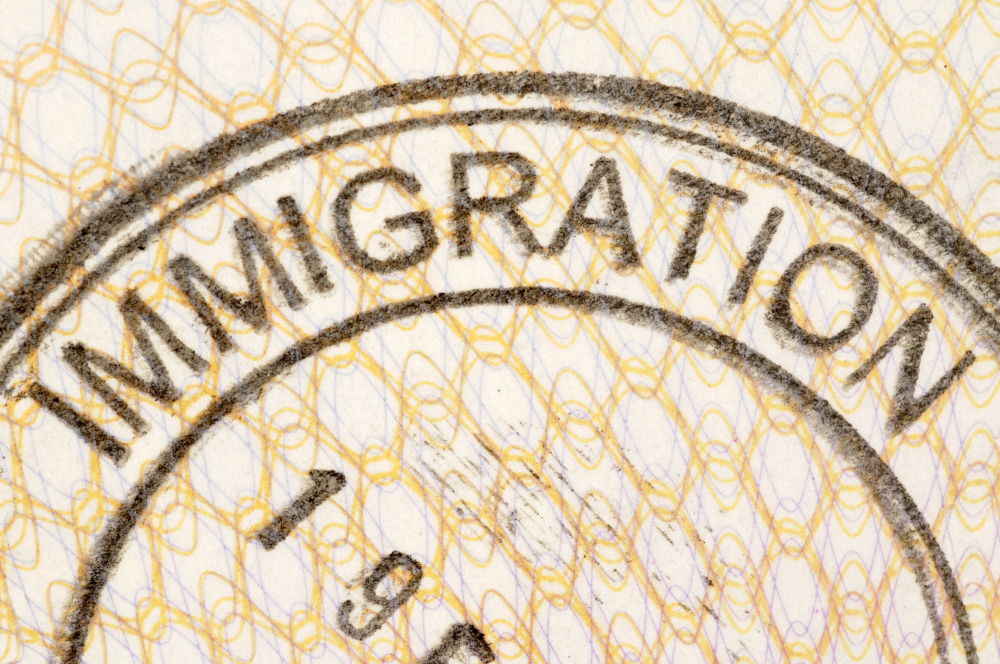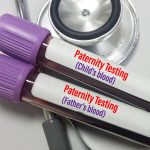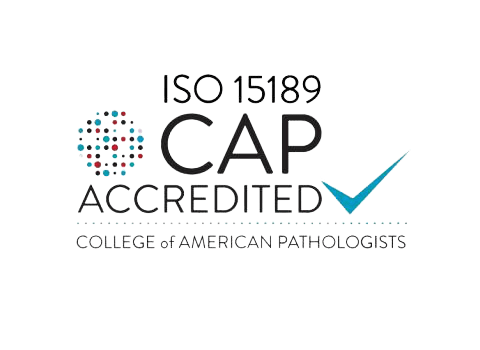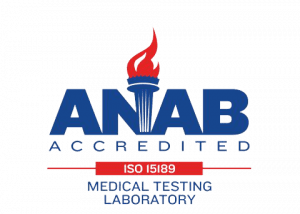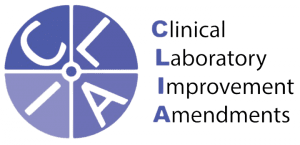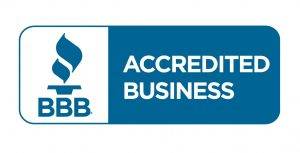A major life event, immigration entails a number of steps, including several immigration tests and screenings. These examinations are done to make sure that both the immigrant and the citizens of the receiving nation are safe, secure, and healthy. The length of DNA testing for immigration can vary based on several variables, including the type of test, the nation’s rules, and the applicant’s unique circumstances. DNA testing may be required in cases when DNA is required for immigration, where a child is born on foreign soil to a parent or parents who are citizens of the United States, in order to allow the child to be granted U.S. citizenship ultimately. In these cases, the parent or parents contact a local U.S. embassy or consulate and request a Consular Report of Birth Abroad.
In the process of evaluating the claim of maternity or paternity, U.S. officials may, in some cases, request a ChoiceDNA test to establish maternity and/or paternity. In this thorough article, we will examine the typical immigration tests and include details on how long they generally take.
Domestic DNA Testing
A domestic DNA test is a test when all parties involved reside in the United States. Pricing for this type of DNA testing for immigration purposes does not cost as much as an international DNA test because there are no international shipping fees. Domestic shipping costs are going to the requesting USCIS office and are included in the price of your DNA test.
Please note sample collection fees are not included in the price of your DNA test.
International DNA Testing
An international DNA test is when one or all parties reside in their country of origin. Pricing for this type of Immigration DNA test is more expensive due to the international shipping fees. Immigration DNA testing costs for each country are different. Please contact our office today to learn more about international DNA testing fees for your specific situation today.
DNA testing for immigration
Suppose a family member is paying for your immigration to the United States (in this scenario, you are the beneficiary, the person who is applying for a visa or other immigration document to the United States). If either of these situations applies to you—in which case you would be the petitioner, the person residing in the United States who is sponsoring the beneficiary—you will need to show proof of your link to the beneficiary.
You can prove your relationship with a birth certificate or other official document. However, the U.S. Citizenship and Immigration Services (USCIS), a U.S. Embassy, the Department of State, or another U.S. Government agency may suggest DNA testing as an alternative if the requesting government agency has cause to doubt the documentation or if your paperwork is found to be insufficient or inconclusive. An acceptable non-documentary technique for demonstrating a biological connection is DNA testing.
DNA Tests in a Foreign Country
In these DNA testing for immigration and citizenship cases, the petitioner must be able to arrange to have the relative or child tested by an AABB-approved DNA testing laboratory in the United States, but have the samples for DNA testing taken from the relative or child in a foreign country under strict guidelines established by the USCIS or Embassy, which are designed to ensure that samples are properly handled and that the chain of custody is correctly documented so that it can withstand any legal challenge.
The DNA testing facility in the United States often arranges for DNA sample collection abroad directly once the petitioner has made arrangements with them. Naturally, a simple DNA test conducted in the United States for non-legal purposes is simpler than a DNA test conducted abroad, sample delivery to the testing facilities in the United States, correct documentation, and transmission of results to the petitioner and government agencies. In spite of this, DNA Diagnostics Center has the experience and expertise to minimize delays and deliver certified results quickly.
Working Under Timelines
The collection of DNA can frequently be scheduled within 24 hours of receiving a request and the necessary paperwork. The sooner the required paperwork and information are submitted, the sooner the petitioner, the USCIS, or the embassy can access the test results. Over 165 nations’ embassy representatives and petitioners have cooperated with the DNA Diagnostics Centre (DDC). A copy of the formal request for DNA evidence from the USCIS, U.S. Embassy, or U.S. Consulate is typically required by DDC. The file or case number, the names of the subjects, and the type of relationship to be tested—parent and child, sibling, or other—will all be important pieces of information included in this letter.
After receiving payment, DDC will deliver a kit to the embassy, which will coordinate collection with the recipient. The time required to prepare for DNA sample collection can vary depending on the country’s staffing and processes, making this stage less constant than others. Although DDC cannot directly influence embassy or consulate procedures, they have worked with them for more than fifteen years. They are well-known for their global work in the diplomatic community, reducing the likelihood of unwarranted delays.
It is best to submit that first if you have valid documentation proving the relationship between the petitioner and the beneficiary. The requesting government agency will inform you if there is an issue that DNA testing can help resolve. They typically request testing for paternity or maternity relationships.
The Immigration DNA Test Procedure
To process DNA testing for immigration, we must determine who needs to be tested and where they are. By sending sample collection kits to the beneficiary’s corresponding U.S. Consulate and the petitioner’s nearest U.S. collection facility in the U.S., the laboratory will coordinate the collection of DNA samples from the petitioner and beneficiary, or beneficiaries, both inside and outside the U.S., once we have been informed of this. The samples from each party will then be gathered at their designated locations and sent back to the lab for the DNA test.
By stroking cotton swabs inside the cheeks, DNA can be quickly and painlessly extracted from infants, children, and adults. These samples will be sealed and placed in a tamper-evident package after collection to be returned and shipped to the lab.
This process creates a “legal chain of custody” to guarantee acceptance by the Department of Homeland Security, USCIS, and embassies and consulates.
Immigration DNA Test Results
As a result of the testing facility’s accreditation by the American Association of Blood Banks (AABB), chain-of-custody test results are guaranteed to be recognised as evidence. Additionally, the facility tests 21 markers, offering the greatest accuracy levels. For additional information, please visit our DNA Testing Laboratory Accreditation page.
The findings of immigration paternity tests will either read “excluded” (not related) or “not excluded” (related) in the results report, depending on which of two definitive outcomes is produced.
More than 99.99% of positive results from our 21 genetic markers test are certain, and 100% of negative results are.
All results will be undisputed and irrefutable by any immigration entity because of our high level of assurance.
DNA testing for immigration can also be used to prove relationships between other relatives such as grandparents, siblings, nephews and nieces, as well as aunts and uncles, but only when instructed by the Immigration official.
How much does an Immigration DNA test cost?
The immigration DNA testing cost will depend on how many people are involved and where all of the parties are located. For domestic DNA testing, pricing begins at $450.00 and up. It is important to note that sample collection fees are not included in the immigration DNA testing fees.
Immigration DNA Testing: Your Key to a Brighter Future
- Accredited Lab
- Accurate & Quick Results
- Private and Secure
- Affordable
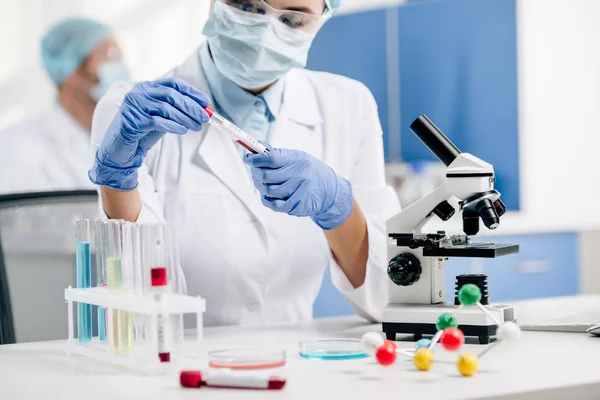
How It Works:
We take care of starting the process for you:
Once you receive paperwork from USCIS or another agency requesting DNA evidence of a family relationship, it’s time to get started. DDC asks you to send/fax a copy of the USCIS paperwork and provide contact info for all test participants.
We initiate DNA- Collection arrangements:
We handle communications with the foreign-country embassy or panel physician and send all documentation to them. They then arrange for DNA collection there while we make a DNA appointment for you here in the U.S.
View results
Once all samples are received at DDC, a results report is generated in 2-9 working days. We then send the legally defensible (chain-of-custody) test results and a clear explanation of the results to the proper immigration authorities and the U.S. petitioner.
Conclusion
Depending on a number of variables, such as the kind of exams necessary, the nation’s rules, and specific circumstances, the time required for DNA testing for immigration might vary significantly. Throughout the immigration procedure, prospective immigrants must be well-prepared, patient, and proactive. The testing and application process can be streamlined, which will make the transition to a new nation easier and more successful. This can be accomplished by seeking professional advice and remaining knowledgeable about the particular needs of the host country. Remember that each nation has unique immigration laws and processes, so it’s crucial to learn about and abide by them before travelling.

